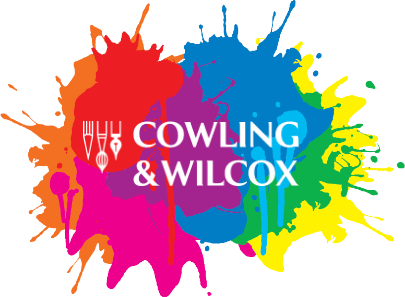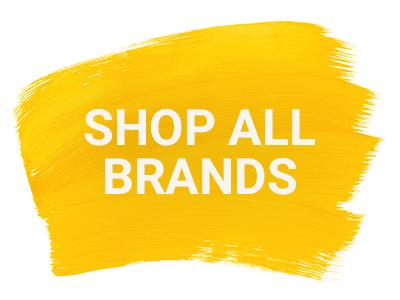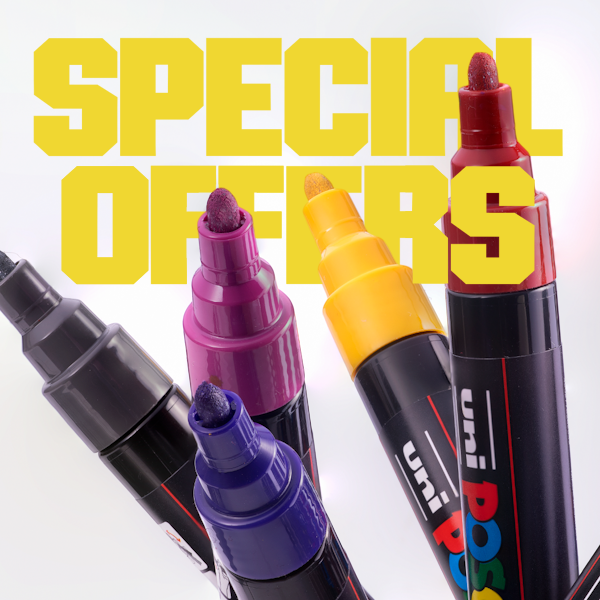Our Featured Artist this week is illustrator extraordinaire Helena Maratheftis, whose unique and colourful style is guaranteed to put a smile to your face…
How did you get started as an artist?
I took a (very) scenic route by studying biology at university. However, I never stopped drawing throughout uni, and in fact my first paid project was illustrating flyers for a Drum ’n’ Bass student club night! I think I made £20. Ha.
In the years between then and now, I worked several jobs which had nothing to do with art, but I gradually built up my portfolio in my free time (and took art and design short courses) until I felt I could take the plunge into freelancing.
Starting off in the arts world is daunting, and in certain ways I still feel like a beginner… But that’s mostly because I keep learning and trying new things.
What inspires you to be creative?
The last thing that got me really fired up was Gareth Pugh’s SS16 Runway Show at London Fashion Week! Which is to say: inspiration can come from anywhere. Striking packaging, tropical foliage, a girl’s make-up on the Tube, a piece of jewellery… I am drawn to bold colour and pattern and I am motivated by a desire to cover every surface in sight with visually interesting details.
How would you describe your creative process?
It starts with my sketchbook, where I respond to a brief by making notes and scribbles to help pull ideas out of my brain. Incidentally, I’ve used the same type of hardback A4 sketchbook since I was about 14. After a brainstorming period, I draw my final outlines on paper which I then scan and colour digitally. All of the above is fuelled by cups of tea and hours of podcasts. (Side note: I’ve noticed that when I look at sketches from the week before, bits of the podcast I was listening to will often flash into my mind!)
If I’m working on canvas, I also do sketches on paper before getting the paints out. I like to keep my sketches fairly loose because good ideas often come while you’re in the swing of things, so it’s nice to have the flexibility to incorporate them.
What is your favourite medium to work in and why?
I love drawing with pens both because of the finished product (crisp, clean lines) as well as the process (the complete control you can have over a pen, as well as the fact that you can keep going without having to reload your paintbrush or sharpen your pencil).
How do you tackle a blank canvas?
I attack it with colour. The first thing I do is cover the entire surface in a single, bright hue. I don’t cope very well with blank, white surfaces! After that I tend to work in layers, adding colours and patterns on top of each other until it just feels ‘right’.
What do you find the most challenging about the creative process?
That seemingly inevitable phase in the middle of every project where I completely hate what I’m working on. Over the years I’ve learnt to expect this phase – I think it’s the inevitable by-product of a half-finished piece that hasn’t quite come together yet. Thankfully, I’ve also learnt that continuing to work on the piece will get me over that hump!
In which ways do you differentiate your work from that of other artists?
I try not to compare myself too much to other artists! Instead I try to focus on making things that I find beautiful, striking and/or gently humorous.
I guess my trademark is the ‘busy-ness’ of my work; I like creating something for the viewer’s eyes to explore, with layers of saturated colours, patterns, hand drawn typography, and plenty of detail. My other signature is my use of biological and natural history imagery. For example, I designed a series of illustrated mugs bearing highly patterned and stylised depictions of the microscopic structure of viruses.

‘Retroviral’
What are your essential tools?
Black pens of every shape and form. If I’m working on a digital piece, then my scanner and Photoshop are essential. If I’m working by hand, then it’s got to be my gloss paint markers (they’re smelly but wonderful), gold and silver metallic markers, acrylic paint… And rhinestones.
How would you describe your studio/workspace?
I work from a home studio. I have a large desk and an enormous monitor, and at all times I’m surrounded by natural light, my many houseplants (aka my colleagues), knick knacks, photos and inspiring bits and pieces, as well as four hundred thousand loose to-do lists. It is definitely not a minimalist set up.
Any tips for preparing a portfolio?
Use the mantra ‘All Killer No Filler’. Use your best work only, and if there’s not enough of it, get some self-initiated projects going.
Do you have a favourite art tip that you can share with our readers?
Pinterest is brilliant for collecting source material for projects. You can create secret boards that no-one else can see, so your projects can remain under wraps. Perhaps this is an obvious tip, but I’ve found it incredibly useful for my work.
Where can our readers find out more about you?
You can find my online portfolio at www.HelenaMaratheftis.com. I also run an illustrated homewares label called Thefty, where you can find our latest collection of biology-themed Fine Bone China! The website is www.thefty.org.
< Back to blog























